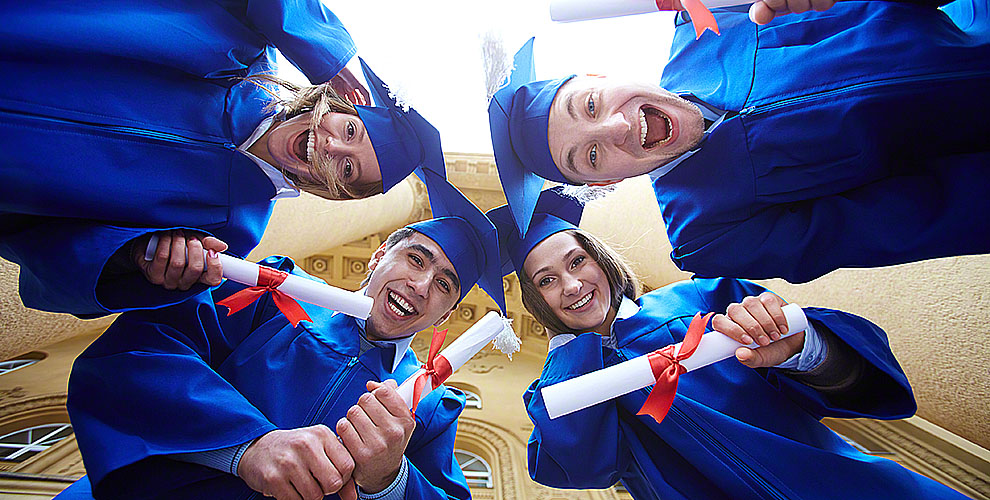The world is where millions of people coming from different ethnicity, backgrounds, and cultures live, work and learn together. This is the reason why it is important for the people in the field of education, specifically the teachers, to plan daily lessons considering their students instead of just following what is believed to be the norm. When teachers consider and accommodate the unique background of every child, they will be able to nurture a learning environment that respects and values all students.
Below are a few tips on how to prevent cultural bias in education:
Engage in Anthropology
Teachers must try to learn everything there is to know about their students. They should do it even though it calls for professional development courses, research, or getting in touch with family members to talk about the home life of the student. Teachers who exert such effort will have a better understanding of the reactions to praise and discipline, actions, and abilities of the students.
For instance, when reprimanded, the student might refuse to make eye contact as the adult speaks to him and remain silent if asked for an explanation. Teachers who are unfamiliar with cultural differences might assume the silence of the student as total disrespect. However, teachers who observed the nuances of the cultures of their students will understand that the reaction of the student actually shows respect. Thanks to cultural awareness, teachers can stay away from mistaken assumptions and misunderstandings.
Use of Appropriate Amenities in the Classroom
Every student must feel welcomed in class. This includes new immigrants who are probably speaking another language in their homes. Teachers who don’t want to deal with cultural bias will try to develop an inclusive environment through teaching art, literature as well as other subjects across the varied cultural spectrum. They should broaden the students’ language skills through labeling doors, desks, and similar classroom features with their corresponding names in different languages, with English included. Students who are not English speakers at home can see the name of the item in English right away while students who speak English will discover other names for items they are familiar with.
Celebrate Cultural Differences
Most children feel uncomfortable or anxious every time they talk to their classmates about differences. Teachers can solve this by celebrating cultural differences every chance they get and seeing them as positive elements that help enrich the social and learning environment. Teachers can request students to bring an heirloom from their families that they can show and explain to their classmates. Students can also bring their traditional family dish during a multicultural potluck.
It is also important for teachers to take cultural differences into account when addressing some holidays. For instance, students and their families from North America might be offended by the celebration of Columbus Day. A good alternative approach is to explore how different cultures commemorate certain patriotic or religious holidays.
Choose Unbiased Curriculum Materials
Finally, when planning the school year, educators must go for unbiased materials. To this day, most textbooks for social and historical studies change facts just to suit the story-line in favor of the more dominant culture. They usually overlook the contributions of women and racial or ethnic minorities. To avoid this, teachers can provide students with materials that reflect different perspectives and encourage students to talk about how various groups perceive current and historical events.
